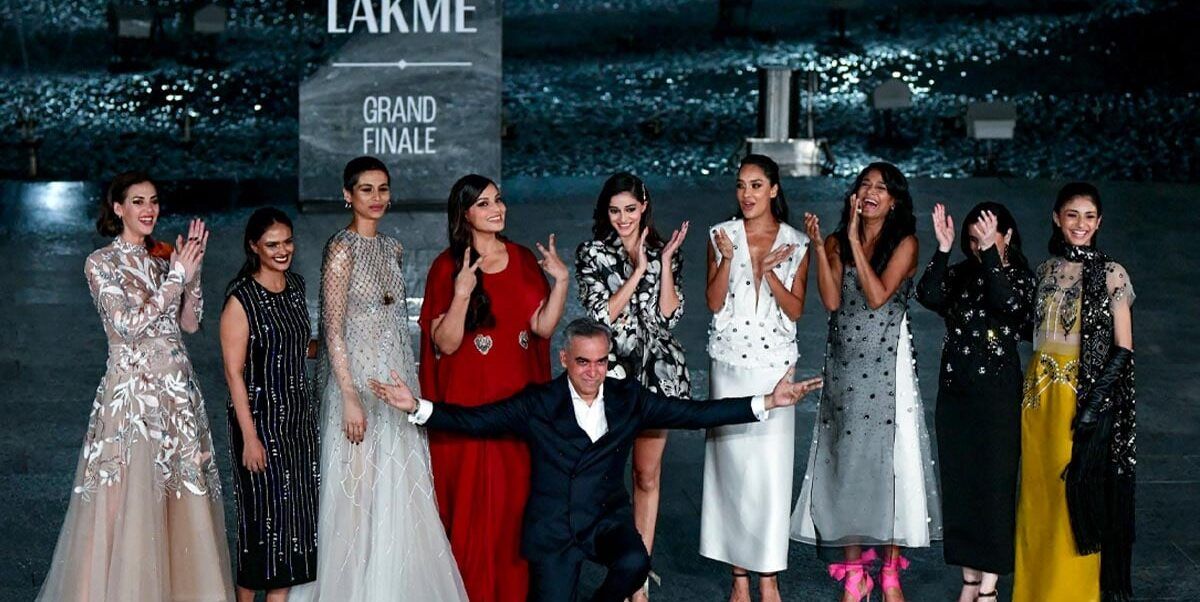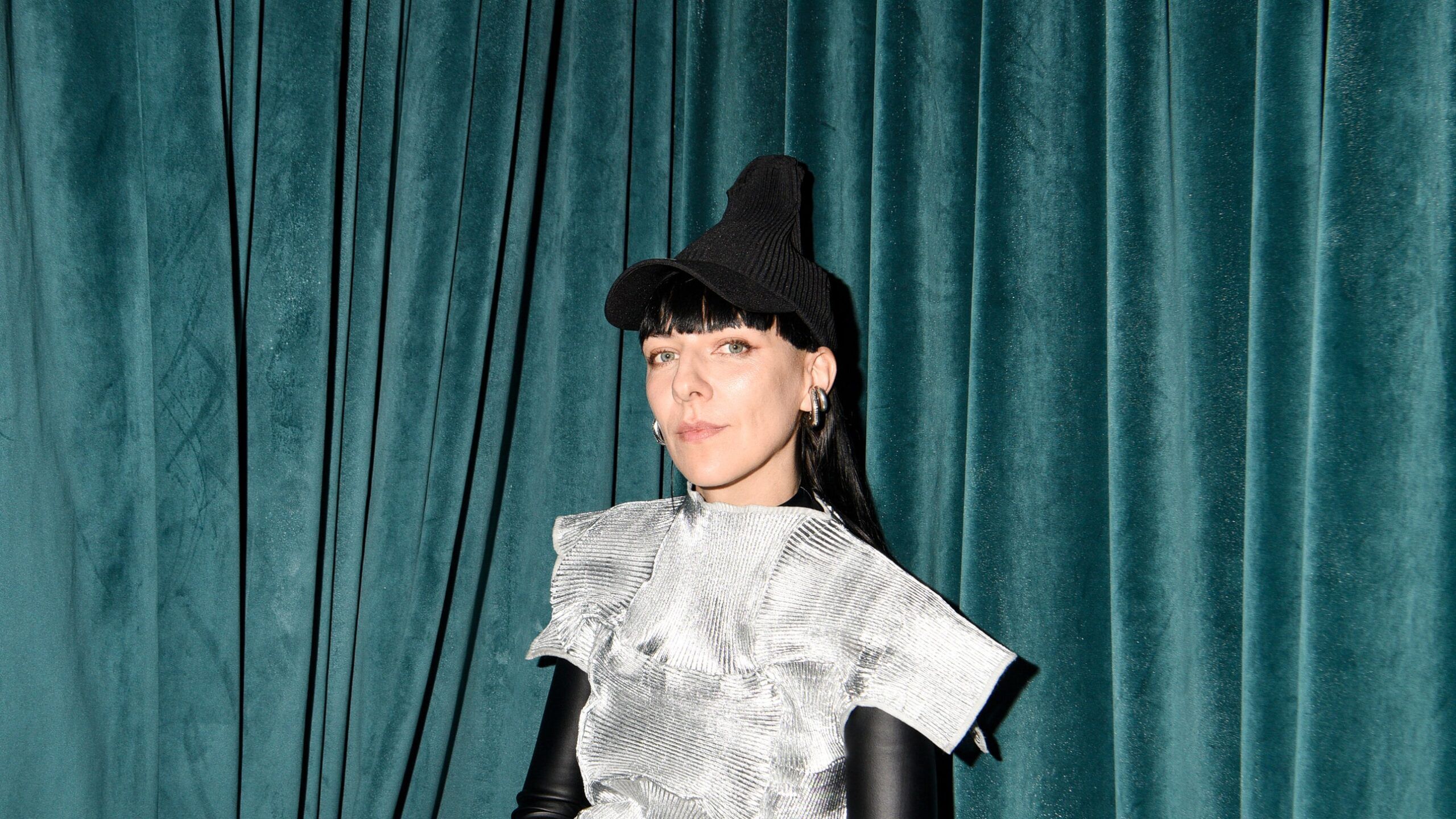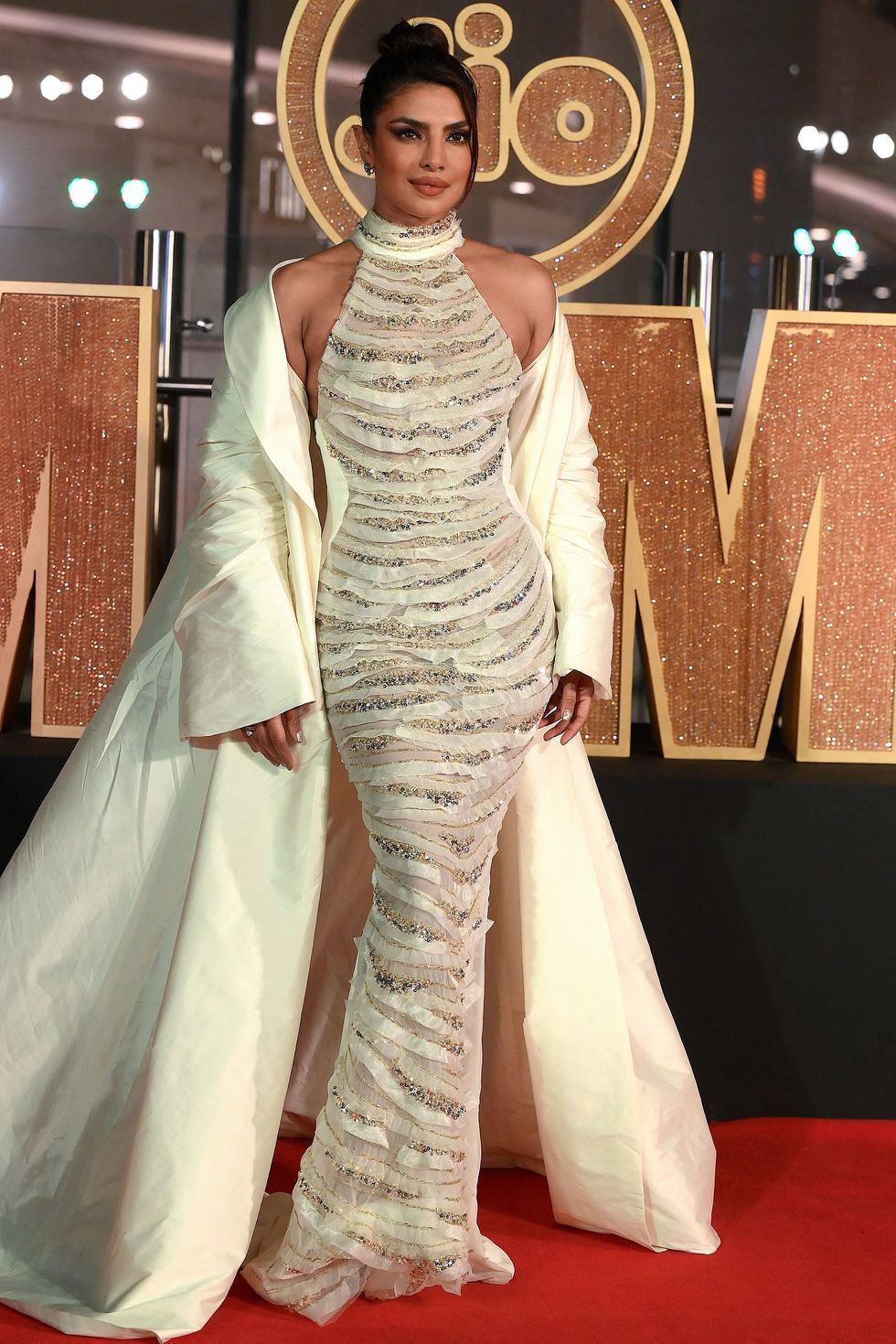
Indian fashion needs to cut the Gordian knot of Bollywood to become a global force to reckon with. Pick any magazine or newspaper or scroll through any portal to know about the Indian fashion scene and you are bombarded with lines like “So-and-so sizzles in….” Social feeds are full of influencers simping over starlets’ gym, airport, baby shower, multiverse, space-travel, time-travel looks. And even there, rarely any description of the ensemble. It doesn’t need any. Because it’s STUNNING anyway.
That merits asking a question that makes me sound like a stuck record. A boring, sourpuss, “wannabe” – refusing to share personal, academic, or professional credentials just for ‘fitting in’, this author embraces the epithet and wears it like a crown – stuck record at that.
Why are Indian fashion and film industries so unhealthily co-dependent?
In the recent Lakme FDCI Fashion Week in Delhi, almost every designer roped in a Bollywood artiste, or more, as their showstopper. There were only rare honourable exceptions like Leena Singh of AL and Aneeth Arora of péro. The result was predictable, both for the designers and fashion space watchers. The entire fashion week coverage was mostly dedicated to the said celebrities, with little to no attention to the showcased collections.
Has anyone stopped to notice that international publications dedicating space for analysis of each individual designer’s collection in Paris, Milan, London, and New York fashion weeks are satisfied with articles like “X wore a white Kurta…”, “Y opts for Pink for her Haldi ceremony” with no byline? X and Y are, no prize for guessing, Bollywood “divas”. Naturally, no self-respecting journalist should be attaching their name to such copies. The only copies dealing with the fashion week, a marquee event, involve interviews with two-three participating designers. Basically, press releases masquerading as interviews; copies so badly edited that even the lede is an eyesore with bad punctuation. At least there are bylines to those!
This is the degree of our commitment to fashion that we cannot bother to produce even a single intelligent article about designers that we pretend to be oh-so-much-in-love with!
Bollywood sets trends, it gives fashion designers a platform of gargantuan proportions, trends from films sell like hotcakes everywhere from haute couture boutiques to local tailors – all these arguments have been made to bolster the idea that Indian fashion needs film world patronage for survival. But that’s not true at all. One just has to flip through the pages of an ignored coffee-table book – there are several on the subject – to be awestruck by the global impact of Indian textiles and handicraft techniques to embellish the same. The celebrity of Indian fashion is older than that of the Indian film industry.
The fashion sector in India exists in the dual zone of art/industry and represents one of the biggest markets in the world. Pierre Bourdieu, a sociologist of aesthetics, proposed that art is a social field. And let’s remember that textile is India’s biggest industry. It is imperative, therefore, to understand the subtext of social relations to fully grasp what the ‘texts’ – clothes in this case – mean. Sadly, any genuine scholarship or even interest is always overwhelmed by the razzmatazz of the social relations governing the film-fashion dynamic that there’s little to no energy or interest left for clothes.
This is why some designers have always stayed away from “stars”. Leena Singh, for example, is clear. “For us, our muse remains our collection. It is our biggest star walking on the ramp. We never allow any celebrity or star to overpower our collection. Bollywood stars and other celebrities tend to draw all the attention and the collection which has been created with so much passion surely gets overshadowed by their presence. We, as a brand, do not follow trends but are known to set them, which can be seen in our body of work over the last 33 years.”
International model Lakshmi Menon, who made a sensational comeback on the ramp with the New York Fashion Week, once shared that the biggest favour that upcoming models can do themselves is to spend less time on social media and educate themselves instead. “Stay curious,” she said famously in an interview. The biggest tragedy of the way the current Indian ‘fashion scene’ is going is the lack of curiosity. Most designers proffer predictable silhouettes, shows, and spectacles. One can almost always accurately guess their showstoppers.
Even when there is a sartorial surprise, the discourse is dominated by how X or Y “dazzled”. That the conversation around Sanjay Mubarikpur’s collection is more about his Bollywood retinue of ramp walkers than the actual clothes that mark a shift in Raw Mango’s aesthetic repertoire is the most obvious case study.
If it weren’t for Diet Sabya, the anonymous Instagram account about all things fashion in India, the Indian audience wouldn’t even get the bare minimum on things that actually matter – the clothes and how they come into being. Indian fashion journalism does not, cannot, have a Suzy Menkes.
There may be a reason why Delhi’s Fashion Week is the last of the season. At least the uncomfortable sense of fetid deja vu can be neatly blamed on “Oh, it was showcased in Paris/Milan/London/NY first!”
Fashion ought to take one’s breath away with its possibilities of innovation and reformation. It doesn’t need the crutch of celebrity showstoppers and reels.
If it’s going to be just the same, frankly, my dear, one day, nobody will give a damn.
(Nishtha Gautam is a Delhi-based author and academic)
Disclaimer: These are the personal opinions of the author.




